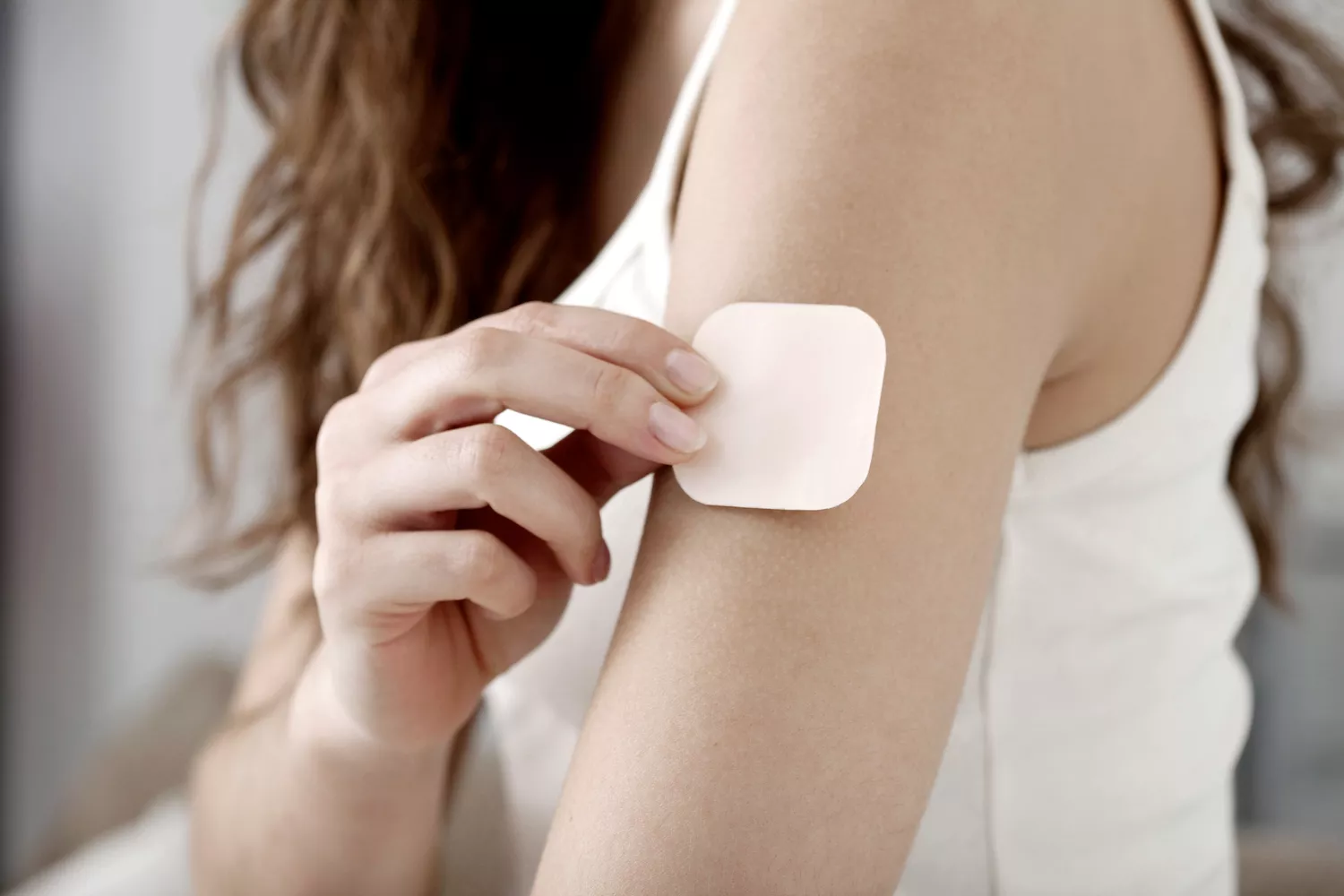What you need to know about the birth control patch


There are many options when it comes to Birth Control. These include everything from IUDs to injections . Birth control patches are often forgotten about.
One study found that less than 11 percent of respondents used the patch. This is a small number when you consider 95% of men reported using male condoms and 79% reported taking the pill. Nearly 65% reported using the withdrawal method.
The lack of usage may be due to the fact that many people don’t understand what a birth control patch does or how it works. Continue reading if you are in this group. You can find out all about the birth-control patch below so that you can decide whether it is right for you.
What is the birth control patch?
The birth control patch looks like a square, thin adhesive that adheres to the skin. The patch releases a constant dose of hormones which are absorbed in your bloodstream.
What is the birth control patch?
The birth control patch has a square, thin adhesive that adheres to the skin like a bandage. The patch is stuck to the stomach, hips, or bottom of your body. It releases contraceptive hormones continuously. These hormones enter your bloodstream via your skin.
The birth control patch is a combination of estrogen and [synthetic] Progesterone (or progestin) packaged in less than a two-inch square, says Ashanda St Jean, M.D. The hormones are absorbed into the bloodstream, and can prevent pregnancy if used according to instructions.
“People who use the patch should replace it every week for three weeks,” says Dr. Saint Jean. In the fourth week, a person does not apply a patch and periods occur. The application of the patch is crucial to its efficacy, and therefore pregnancy prevention. The patch, just like other non-barrier forms of birth control, does not protect you against STIs.
How long does it take to get pregnant after IUD removal?
How does the birth control patch work?
The patch thickens a data-component=”link” data-ordinal=”3″ data-source=”inlineLink” and data-type=”internalLink”. This makes it more difficult for sperm to travel through the cervix. The patch thickens cervix mucus to make it harder for sperms to pass through. It also thins the lining in the womb, which can reduce the chance of fertilized eggs implanting.
2 These birth control patches can be used on the lower abdomen, buttocks or upper torso, but Xulane is also available for the upper outer arm. Cristin H. Hackel, BS., RNC., MSN., WHNP is a nurse-practitioner at Nurx.
Hackel explains that “they work by absorbing hormones through your skin to prevent pregnancy, and regulate periods.”
Replace the Birth Control Patch
The birth control patch needs to be changed every week for three weeks in order to be effective. The birth control patch is not applied on the fourth day, allowing menstruation.
What are the side effects of the birth control patch?
According to Annelise Swigert M.D. a board certified OB-GYN from Southdale ObGyn, the side effects of a birth control patch can be similar to the side effects of suppositories. Some people experience mild headaches and nausea when using the patch for the first time. They may also notice breast tenderness or light spotting. The adhesive may irritate some people’s skin. 3
Other side effects, similar to those of the birth control pill, may include acne breakouts, nausea, mood swings and weight gain. Dr. Bone.
The risks are also important, according to Dr. Swigert. The birth control patch, like all estrogen-based birth control methods, can cause a blood clot (or DVT). 3 It usually occurs deep in the leg. This risk is extremely small — about 1 in 1,000 among non-smokers.”
Does birth control cause infertility?
The pros and cons of using a birth control patch
It’s important to consider both the pros as well as the cons when deciding whether or not the birth control patch will work for you. Consider these things.
Birth Control Patches Pros
According to Dr. Swigert, one of the greatest benefits of using a patch is not having to remember to take pills every day. The patch will stay on for up to a week, even through swimming or showering. The patch needs to be replaced weekly. Some find this easier to manage.
Transdermal patch application ensures a constant supply of hormones, unlike other contraceptives. She says that this can help reduce side effects experienced by some women when they start a new birth control method.
Adds Dr. Bone. This is also non-invasive compared to IUDs or implants.
“The patch is a fast-start method of pregnancy prevention. The first week or two, the doctor recommends barrier contraception such as condoms. It is an excellent option for women who are looking for a non-invasive birth control method. It is effective between [91%-94%] if used according to the instructions and without disturbing transdermal hormone delivery. 4
Birth Control Patches Cons
The birth control patch’s cons are largely a result of its use. You need to remember, for example, to change the patch every week to make it effective.
Dr. Saint Jean says that any disruption to the hormone delivery system can affect the effectiveness of the birth control patch and prevent pregnancy.
Dr. Swigert says that some people also worry about the patch’s visibility. “We recommend that the patch be applied low on the thigh, as this should reduce the visibility.”
Hackel notes that the patch can sometimes not adhere or stay in place if you are very active or spend a lot time in water. The Xulane patch contains a higher dosage of estrogen than other birth control methods, which can increase the risk of a clot for some people.
Who should not use the birth control patch?
The birth control patch may not be right for all women. Hackel says that people with a body mass index greater than 30 should avoid using either patch. This is because they may have a higher blood clot risk.
She adds that “Xulane may not be as effective for people who are heavier than 198 pounds.” Twirla is less effective in people with BMIs of 25 and above.
Hackel says that birth control containing estrogen is not recommended for smokers over 35. Hackel says it’s not recommended for anyone with high blood pressure or migraines with aura.
“A person should be comfortable using their birth control method and do so consistently,” says Dr. Swigert. If the patch is not effective, a doctor can suggest other options.
For more information on the birth control patch or other forms of contraception you may have, contact your OB/GYN.








